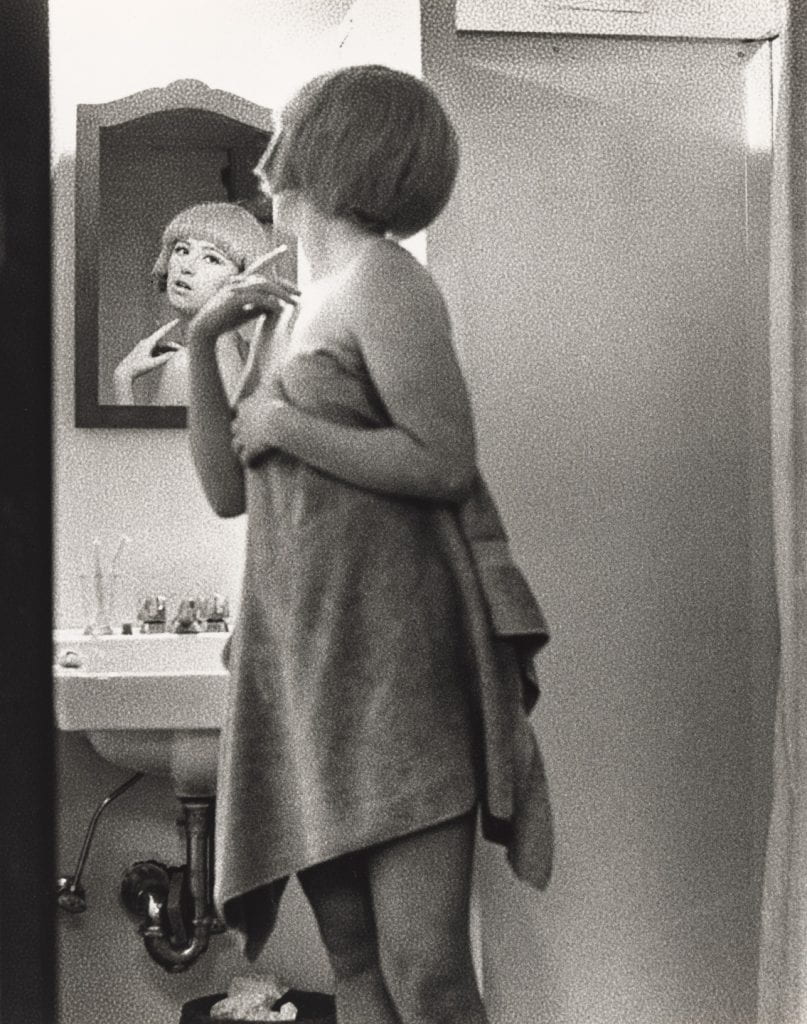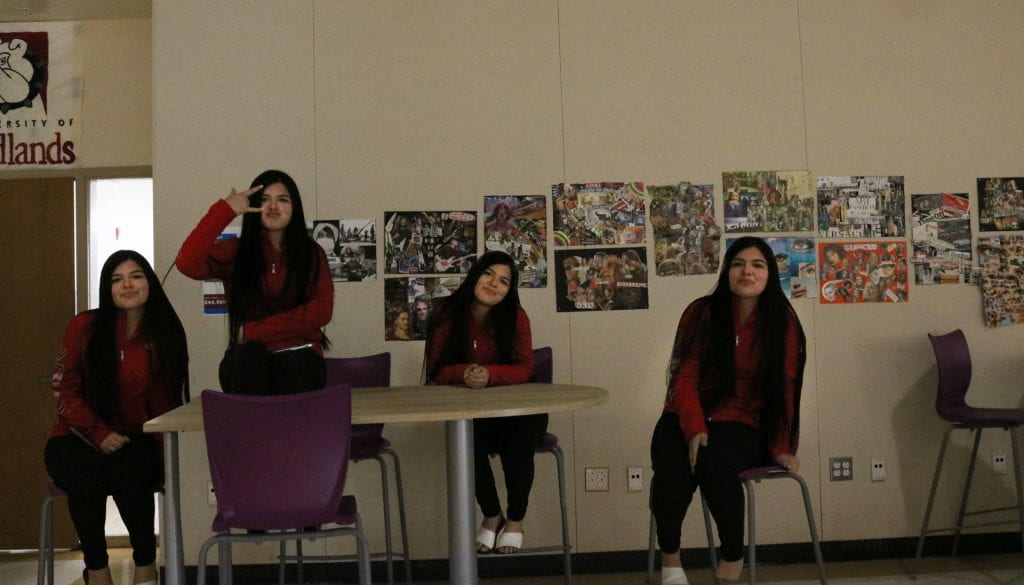jump start your photography
- Explore different types of photography
- look at popular blogs
- listen to music you like
- Go for a walk in nature
- watch movies
- read art magazines
- shoot a pretty girl your admire
- go to art museums
- look at famous artist work
- Shoot friends
- go with friends and shoot
- Shoot your pets
- When at family events shoot
- take self portraits
- shoot ordinary items to make them look abstract
- Make your photo tell stories
- shoot in the dark
- take a photo a day
- learn new techniques
- fall in love with your shoots
Conceptual Self Portrait
This photograph conceptually visualizes something about me in a photograph by showing what I enjoy and my hobby. The photograph is an example of me its outdoorsy, animal lover, and simple. This is me in photo, and what better way of showing it with what i do all the time. The visual attempt is there when I see this picture I see me. My horse is like my baby and she makes me feel free when im on her. The photo is outdoor which I’m always out and doing things outdoor. The photo is also simple it isn’t wild it’s simple.
Conceptual Self Portrait Critique
Conceptual-Conceptual is an idea/concept of something.

Cindy Sherman shoot many of her photos in black and white if not all her photos. Her photos are eye captivating to me because although is black and white you can see the different elements, texture, and emotion. The mirror shows the face and her expression while looking at her posture and full body captivating her whole body. The lighting of which the photo was shoot in shows the towel and the way it flows and how long the sink pipes are. Cindy Sherman makes a black and white picture look interesting and eye captivating.
My inspiration
- My Family
- Success
- Knowledge
- Goals
- Life
- My horse
- My friends
- Wealth
- Health
- Comfort
- A roof over my head
- Accomplishments
- My dream school
- My dream job
- My Grandpa
Am I talking to myself
JPEG vs RAW
1. Explain the main differences between a raw and jpeg file.
The main difference between a raw and jpeg file is its size, image quality, editing, sharing, and speed
2. Which file is bigger RAW or Jpeg?
The file that is bigger is a RAW file it can be up to 6 times are big as a Jpeg.
3. Can you change a Raw file to a Jpeg, once your photos are the computer? How?
You can change a raw file into a Jpeg once your photos are on the computer by using software like Adobe photoshop Light room which enables you by exporting it into one once editing and more.
4. If you were shooting an important event would you shoot it RAW or Jpeg? Explain.
It I was shooting an important event i would shoot on Raw. I would shoot on RAW because i can later convert them into a Jpeg. Raw has more benefits with the size, quality, and exposure.
Painting with lights (critique)

This picture is very captivating to the human eye because it seems like the tree is raining lights in a way. The color of the tree makes it stand out as well with it being a pink and purple color. The shot has two trees with the back one being brighter than the front one making the phot even more eye captivating. I think this photo was shot with light hanging from the tree making the affect of what I call raining lights.
Painting with lights
White balance
Read and write
white balance is the removal or neutralizing color casts in your images. It about adding warmth until you balance out the color cast. While using the white balancing process, you’re technically adjusting the colors along two spectrums. The two spectrums are known as color temperature and color tint. white balance helps you prevent from capturing accurate, true colors in a setting. White balance helps you capture image that won’t match the real-life conditions you experienced.
- Sunny- which works for mid-morning and mid-afternoon sun
- Shade-which works for scenarios with heavy shade (e.g., portraits under a tree)
- Cloudy-which works for outdoor scenes featuring overcast lighting
- Flash-which works for scenes lit by standard off-camera speed lights and pop-up flashes
- Incandescent-which works for indoor scenes lit by standard warm bulbs
- Fluorescent,-which works for indoor scenes lit by fluorescent bulbs





